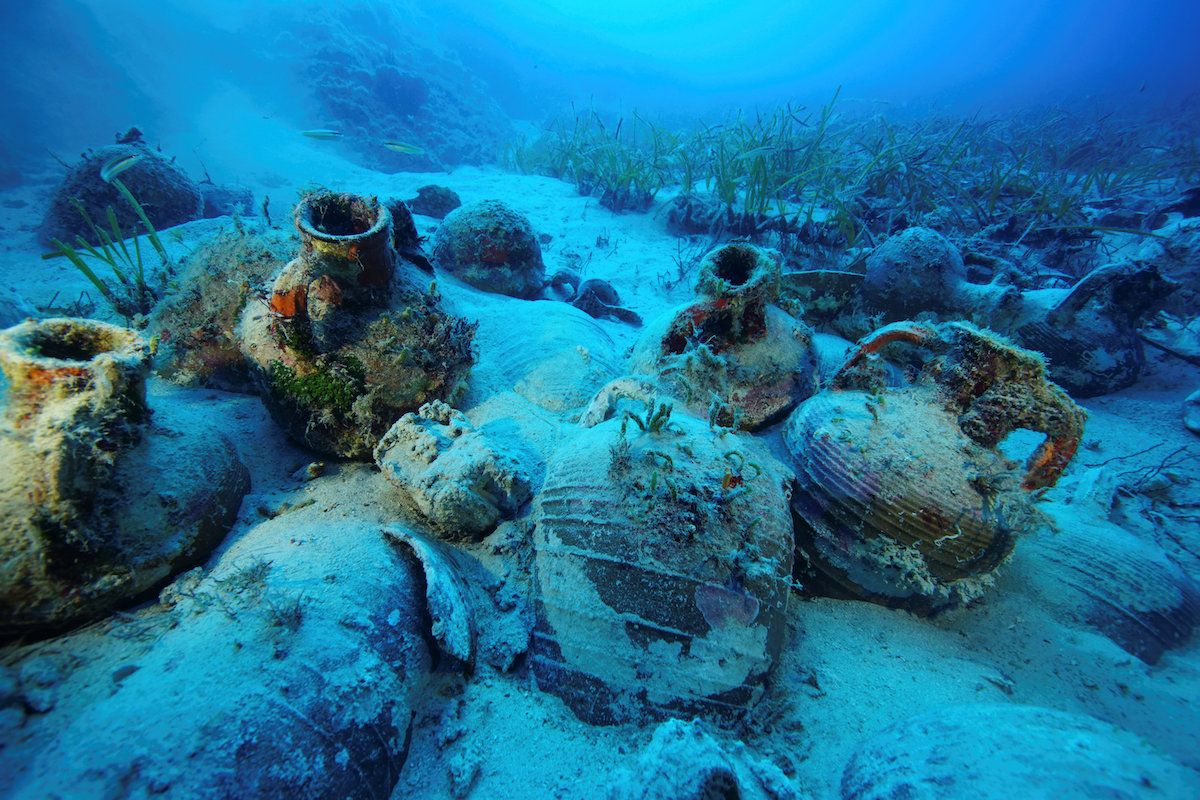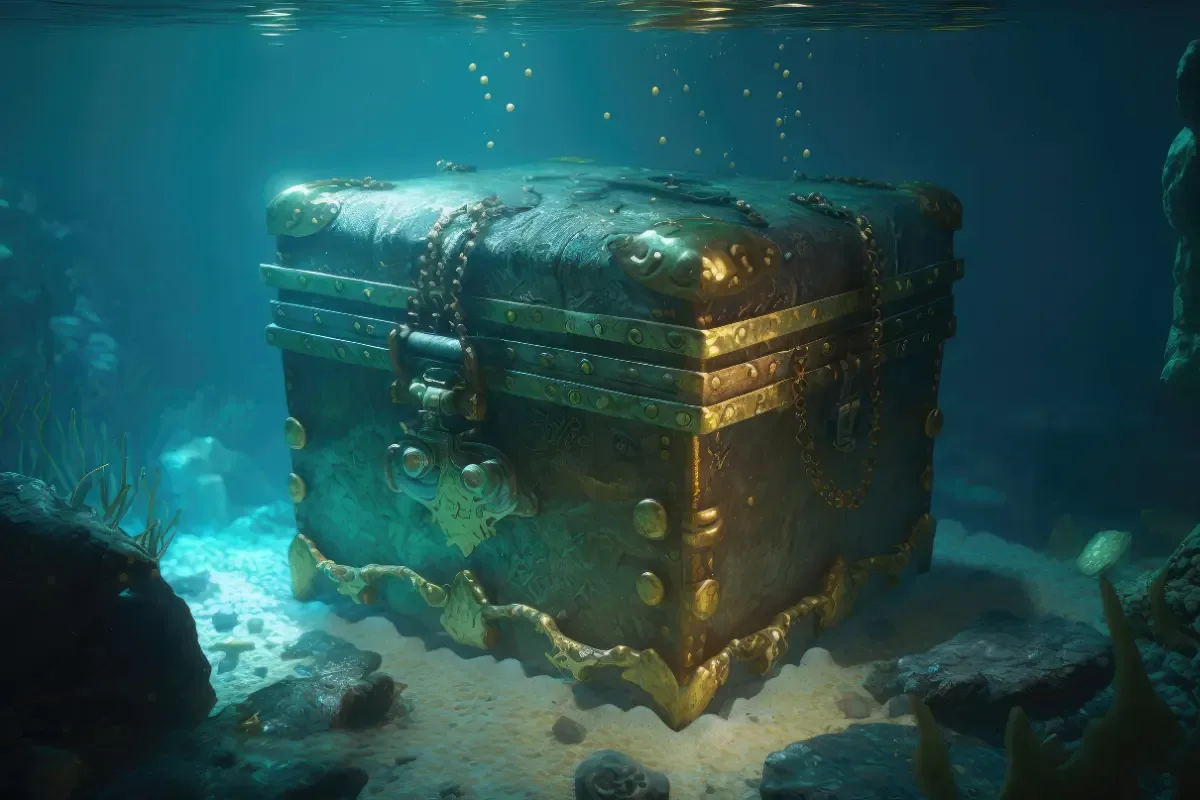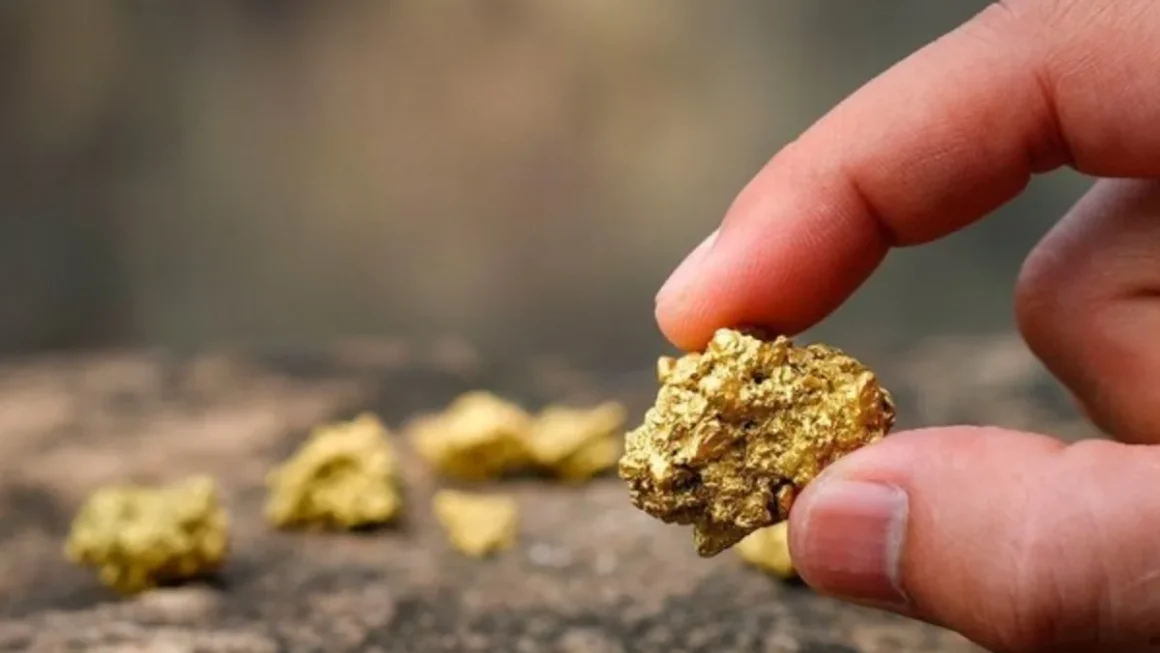More than 1,000 gold and silver coins dating from 1715 discovered in a Spanish shipwreck off the coast of Florida.
A Spanish cargo ship from 1715 resurfaces off the coast of Florida
The story of a three-century-old shipwreck has resurfaced off the Atlantic coast of Florida, where more than a thousand gold and silver coins have just been recovered from an ancient Spanish shipwreck. The operation was carried out by 1715 Fleet–Queens Jewels LLC, a company specialising in underwater exploration of historic shipwrecks.
The excavation site is located off the Treasure Coast, a nickname that seems more justified today than ever. According to initial estimates, the booty is worth close to $1 million and was lost when a Spanish fleet was destroyed by a hurricane on 31 July 1715.
A maritime route at the heart of colonial trade
The coins are believed to have come from the former Spanish colonies of Peru, Bolivia and Mexico, loaded onto galleons attempting to bring the riches of the New World back to Spain. The sinking of this fleet, often referred to as the 1715 Treasure Fleet, is one of the most famous in Spanish maritime history.
This type of cargo testifies to the logistical and strategic importance of the Spanish Empire in transatlantic trade in the early 18th century. Despite the passing of centuries, several coins still bear their workshop marks and mintage dates, providing historians with valuable data to refine their knowledge of this period.
A technically and legally supervised salvage operation
The excavations were carried out using sophisticated equipment: underwater metal detectors, sand suction devices and a dedicated fleet. The diving team has been working in this area for several years, which is regularly subject to spectacular finds along the coastline between Melbourne and Fort Pierce.
In accordance with Florida law, approximately 20% of the treasure discovered will be retained by the state. Objects considered to be part of the archaeological heritage cannot be sold freely, a measure aimed at feeding museum collections and preserving public access to these historical artefacts.

Controlled exploitation following thefts
The legal framework surrounding these discoveries has been strengthened in recent years. By 2024, local authorities had already recovered dozens of items misappropriated by a member of the team working for Queens Jewels. These illegal practices prompted the authorities to tighten supervision of salvage operations, imposing strict protocols on the sharing of finds.
Sal Guttuso, director of operations for 1715 Fleet–Queens Jewels LLC, confirmed that he wanted to make this approach part of a strategy of preservation and scientific promotion. ‘Each artefact is a fragment of history. They should benefit the people of Florida and be accessible to the public through museums,’ he told the Associated Press.




